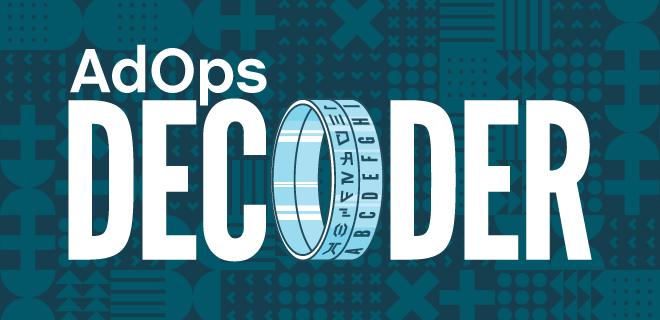
Identity resolution is recognizing a unique user — regardless of channel or device — to create a persistent and privacy compliant unified profile.
Identity resolution often happens in real-time, when a person visits a website or app to enable targeting or personalization. However, identity resolution can also occur in an offline environment, such as building user journeys, where touchpoints or interactions are unified and tied to an individual for attribution.
Why Does Identity Resolution Matter?
Today’s digital landscape presents many opportunities for publishers to connect their audiences to advertising partners. Yet the fragmented and expansive nature adds difficulty to identifying and understanding audiences, interactions, and potential monetization opportunities.
Consider, for instance, that in the US alone, household residents have access to an average of 10.37 connected devices, 75% of customers expect consistent interactions across departments, and 52% always expect personalized offers. To further complicate matters, only 20% of audiences log into their accounts, hampering first-party data collection that enables consistent and personalized interactions between audiences, publishers, and advertisers that drive monetization.
Despite these realities, however, identity resolution allows publishers to collect and connect audience interactions across offline and online platforms, channels, and devices to a single person or audience profile via unique identifiers. By unifying interactions and attributing them to an individual, publishers can create a single customer view or a unique customer profile that contains demographic attributes and interest and preference-based data — valuable information that enables targeting and publisher monetization. And, as the world prepares to potentially bid third-party cookies ‘adieu,’ identity resolution solutions will allow publishers to solve addressability issues, enabling monetization even in a cookieless world.
Identity Resolution’s Role in a Post-third-party-cookie World
Historically, third-party cookies were the standard for identifying users on the web, but with the threat of third-party cookie deprecation upon us, the industry must consider alternative identifiers to achieve addressability or risk significant revenue loss.
Just how significant?
In 2019 Google ran a randomized experiment over three months for the top 500 global publishers, testing what would happen if third-party cookies were disabled. The results were staggering, as average revenue for those in the treatment group decreased by 52%.
While a future without third-party cookies appears bleak (not to mention the changing landscape of mobile Advertising IDs), identity resolution presents a promising alternative to enhance first-party data. With the right identity resolution solution, publishers can mitigate revenue loss once Google deprecates third-party cookies, deliver higher engagement rates for their advertisers, and drive higher CPMs for themselves.
How Does Identity Resolution Work, and How Does It Help Pubs?
Identity resolution is made possible with an identity graph, an online database that stores identifiers tied to individuals across online and offline channels and properties. These identifiers are matched to individuals using either probabilistic or deterministic matching, or a hybrid of both. Identity graphs provide publishers with real-time data, equipping them with a comprehensive, unified, and up-to-date view of their audiences at all times.
Identity resolution for yield optimization
Using identity resolution to create a unified customer view across properties, publishers can offer advertisers extensive targeting options based on robust first-party audience data and improve yield.
Say, for instance, that a large media company, we’ll call it Spade, owns several small publications covering health & fitness, travel & leisure, and fashion & culture. Spade uses identity resolution to better understand its visitors across its entire media portfolio — their engagement, interests, preferences, and behaviors. With this intelligence, Spade can build monetization strategies that enable its advertiser partners to achieve greater reach and frequency, enabling targeting across all of its available inventory.
Spade could create an audience package of visitors between the ages of 24-30 that have viewed cruise ship content on its travel & leisure site. Using identity resolution and a unified customer view, Spade can scale its audience packages by identifying many of those same visitors, whether logged in or not, on its health & fitness and fashion & culture sites.
Spade could also use identity resolution to increase yield. By using a solution capable of translating its first-party IDs into other IDs on which buyers transact, like the nonID or UID 2.0, the publisher can drive more competitive bids for their inventory.
Identity resolution for marketing and improved CX
Publishers can take a similar approach to promote, cross and upsell their products, drive additional revenue by marketing paid subscriptions, or patch holes in leaky paywalls.
Say Spade wanted to ensure that only paying subscribers access its content and instituted a two-article maximum, or cap, for nonsubscribers. With identity resolution, Spade can discern between non-logged-in subscribers and visitors who are not subscribers and, therefore, not logged in. Spade could then provide a popup inviting nonsubscribers to subscribe for unlimited content and drive revenue. In the case of non-logged-in subscribers, Spade can instead provide a popup that asks the subscriber to log in to continue enjoying the benefits of their subscription.
With identity resolution, publishers can drive incremental revenue, improve customer experiences at scale, and mitigate revenue loss today and in a cookieless future.